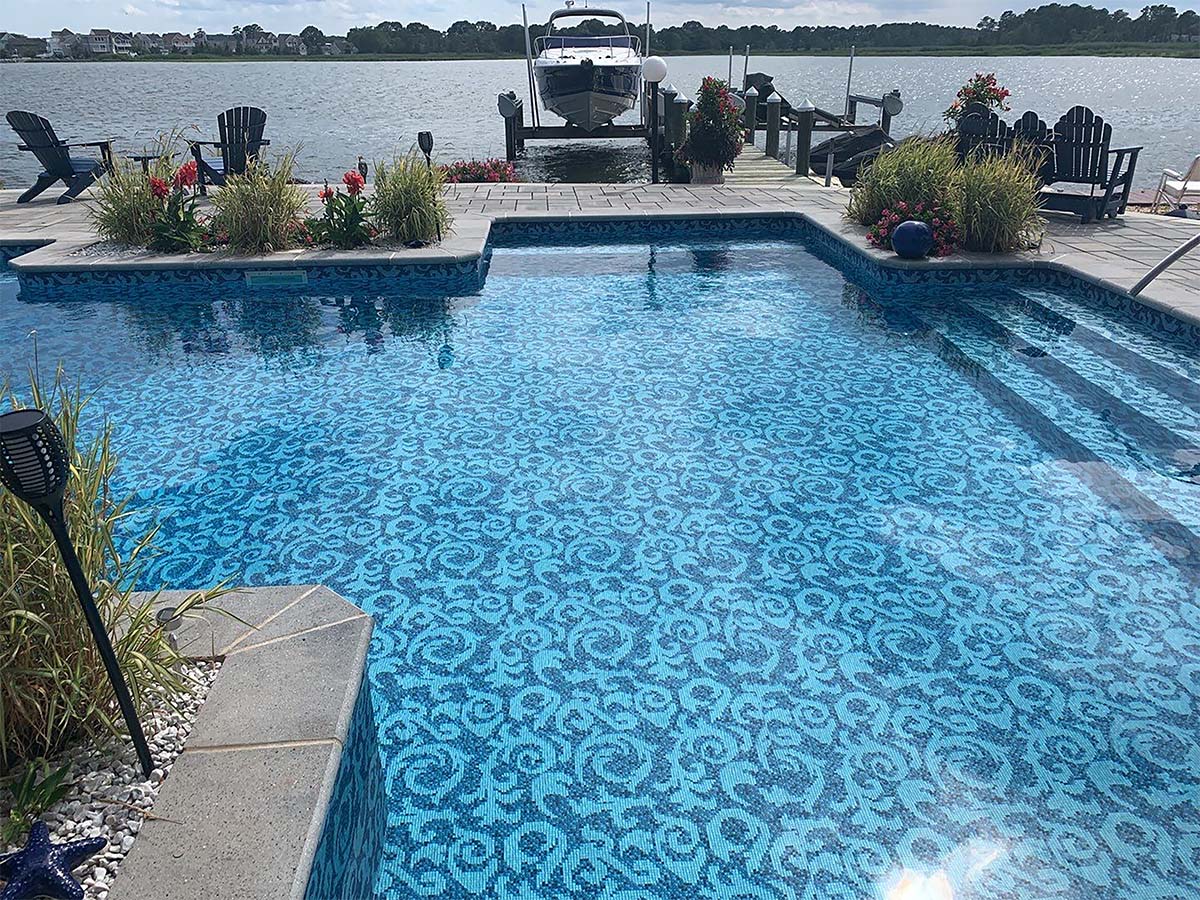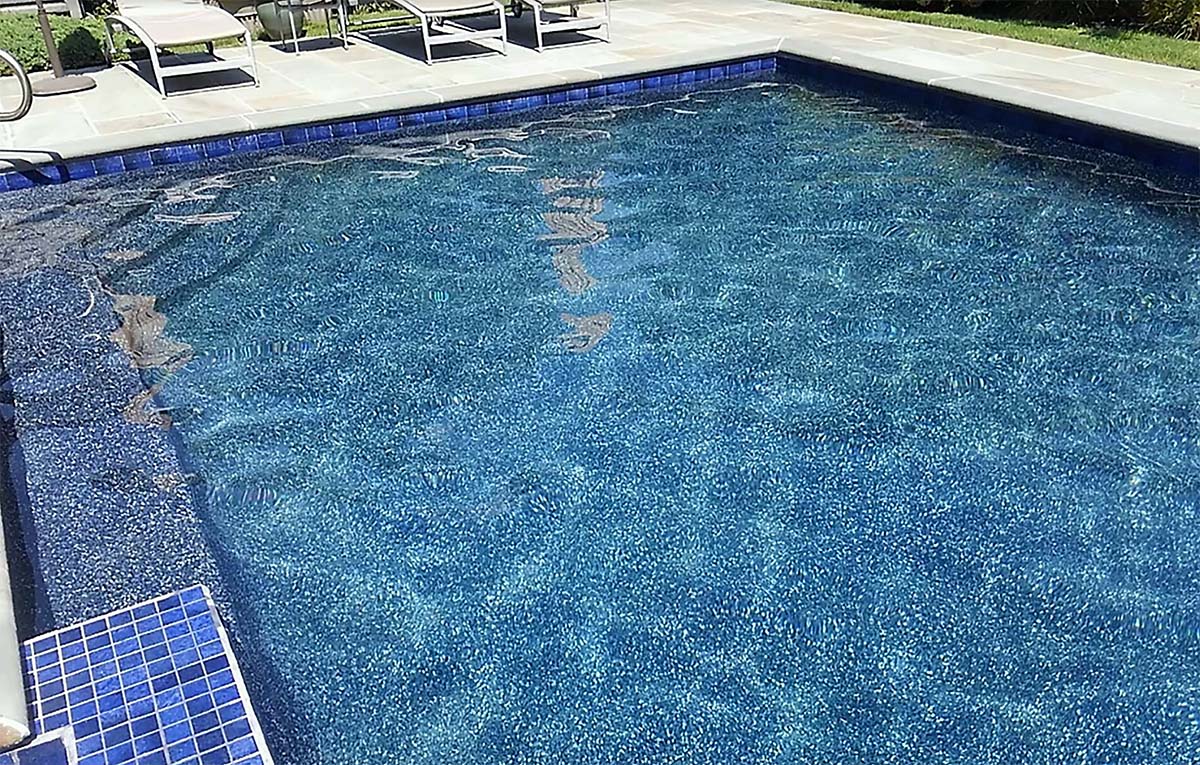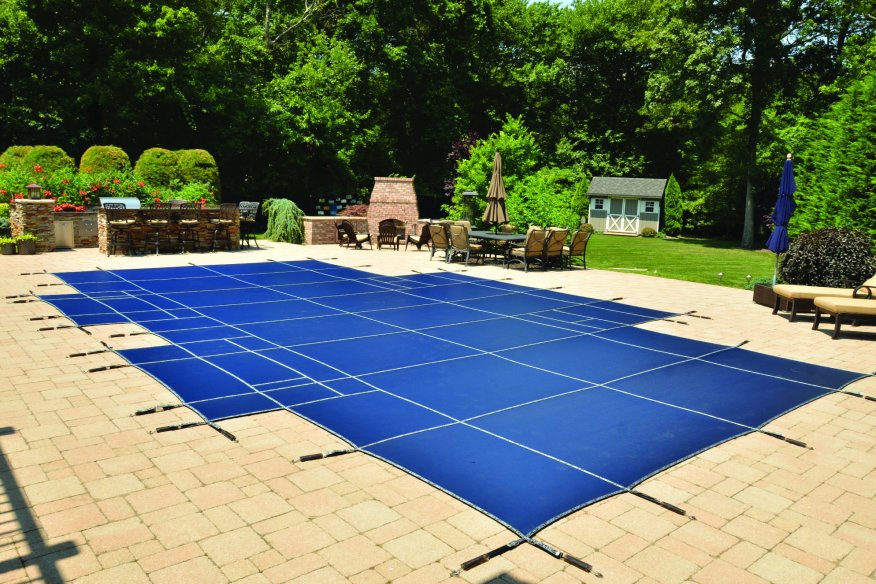Renovating your pool can breathe new life into your backyard oasis, improve functionality, and enhance aesthetics. Here’s a step-by-step guide to help you plan a pool renovation:
- Assessment: Evaluate the current condition of your pool. Identify any structural issues, leaks, cracks, or areas in need of repair. Assess the functionality of pool equipment such as pumps, filters, and heaters.
- Design Planning: Determine the scope of your renovation and establish your design goals. Consider factors such as adding features like waterfalls, fountains, or swim-up bars, updating the pool’s shape or size, resurfacing options, and landscaping around the pool area.
- Budgeting: Set a realistic budget for your renovation project. Research the cost of materials, labor, and any additional features or upgrades you wish to include. It’s essential to account for unforeseen expenses that may arise during the renovation process.
- Permits and Regulations: Check local building codes and obtain any necessary permits for the renovation. Ensure compliance with safety regulations, setback requirements, and zoning ordinances.
- Selecting Materials: Choose materials for the pool renovation, such as pool finishes (plaster, pebble, tile), decking options (concrete, pavers, wood), and any additional features like lighting, coping, or water features. Select materials that complement your desired aesthetic and fit within your budget.
- Hiring Professionals: Research and hire qualified contractors or pool renovation companies with experience in the type of renovation you’re planning. Obtain multiple quotes, check references, and verify licensing and insurance credentials before making a decision.
- Structural Repairs: Address any structural issues or damage to the pool shell during the renovation process. Repair cracks, leaks, or damaged plumbing to ensure the integrity of the pool structure.
- Resurfacing: Choose a resurfacing option that suits your preferences and budget. Options include plaster, aggregate (pebble or quartz), or tile finishes. The resurfacing process typically involves draining the pool, preparing the surface, applying the new finish, and curing it properly.
- Upgrading Equipment: Consider upgrading outdated or inefficient pool equipment to improve energy efficiency and performance. This may include installing a new pump, filter, heater, or automated control system.
- Adding Features: Enhance your pool’s functionality and aesthetics by adding features such as waterfalls, fountains, lighting, or automation systems. These features can create a more enjoyable and visually appealing swimming experience.
- Landscaping: Complete the renovation by landscaping around the pool area to integrate it with the surrounding environment. Planting trees, shrubs, and flowers can soften the edges of the pool and provide shade and privacy.
- Maintenance and Care: Develop a maintenance plan to keep your renovated pool in top condition. Regularly clean the pool, test water chemistry, and perform routine maintenance on equipment to prolong its lifespan and ensure optimal performance.
By following these steps and carefully planning your pool renovation, you can transform your backyard into a stunning and functional outdoor retreat that you’ll enjoy for years to come.
















